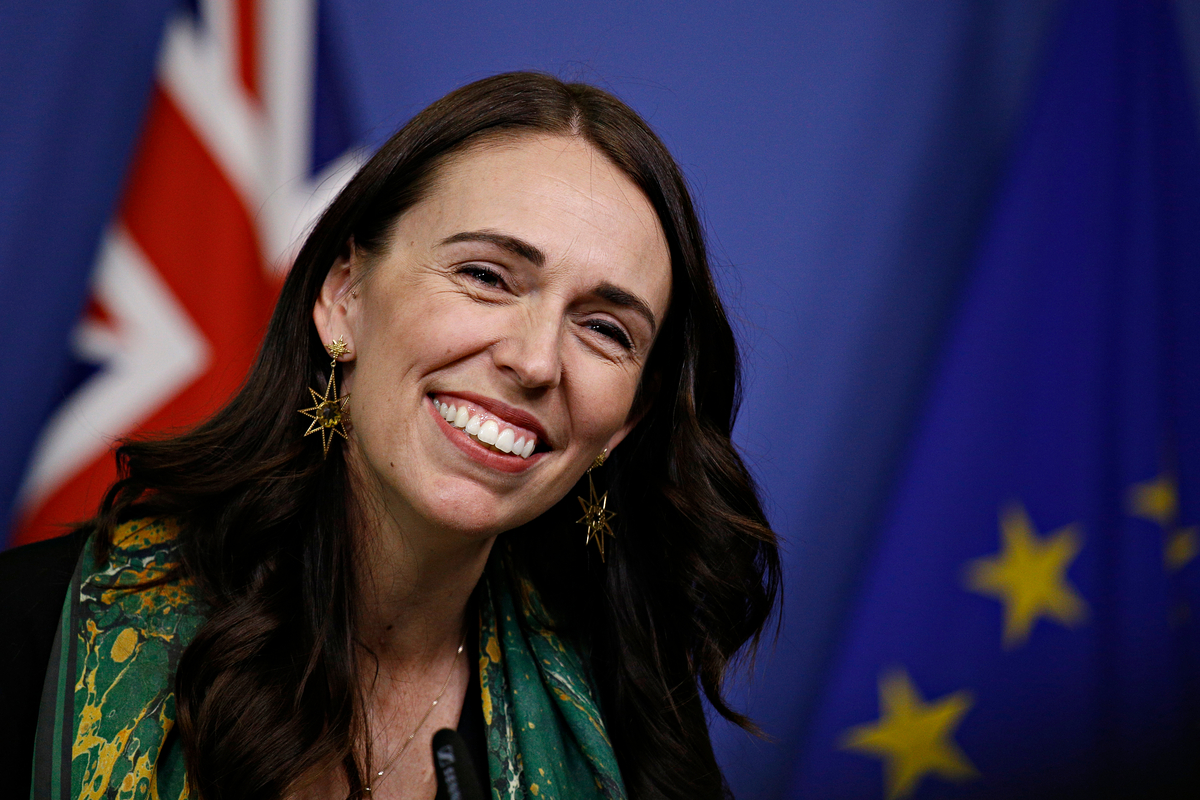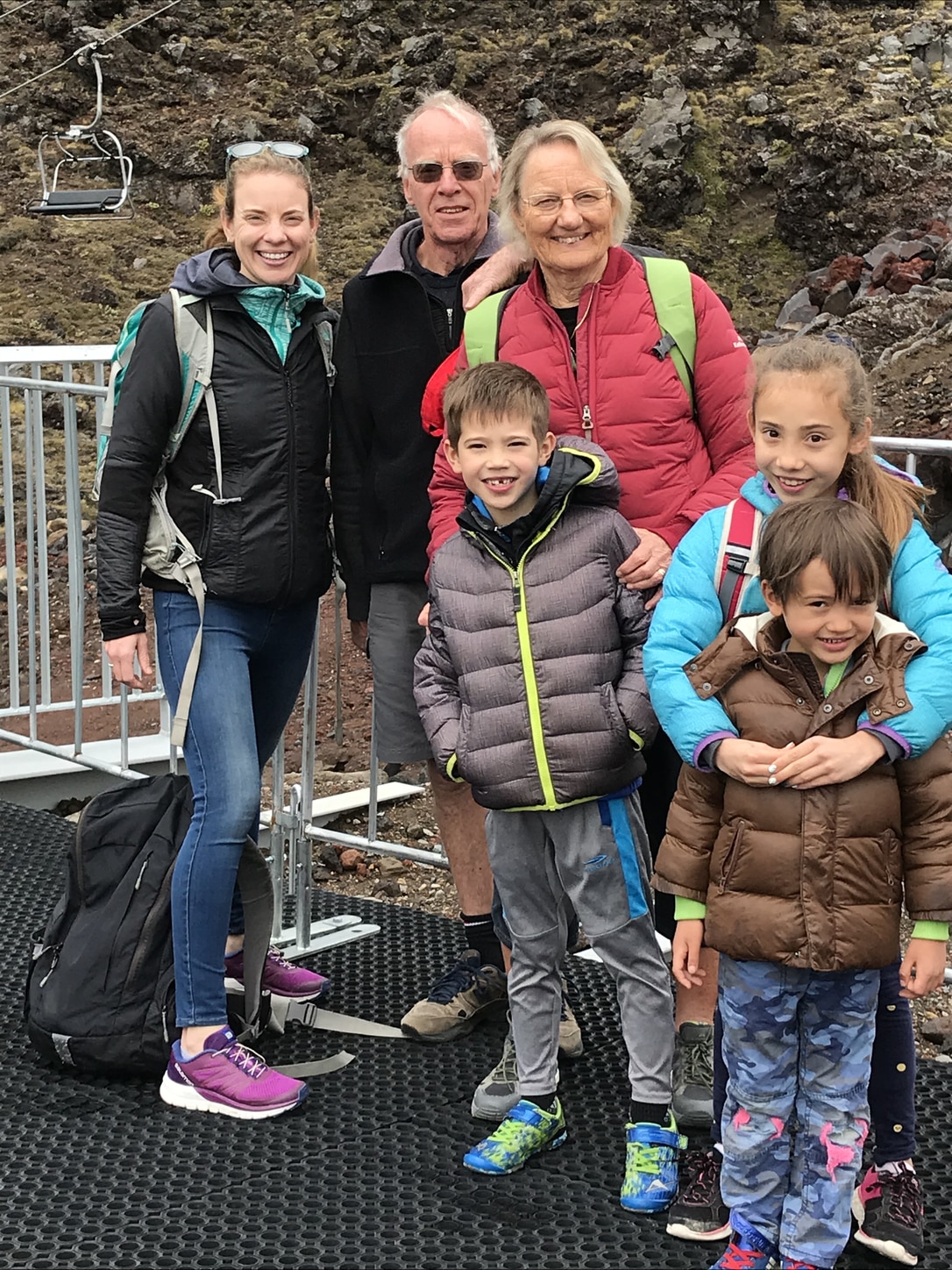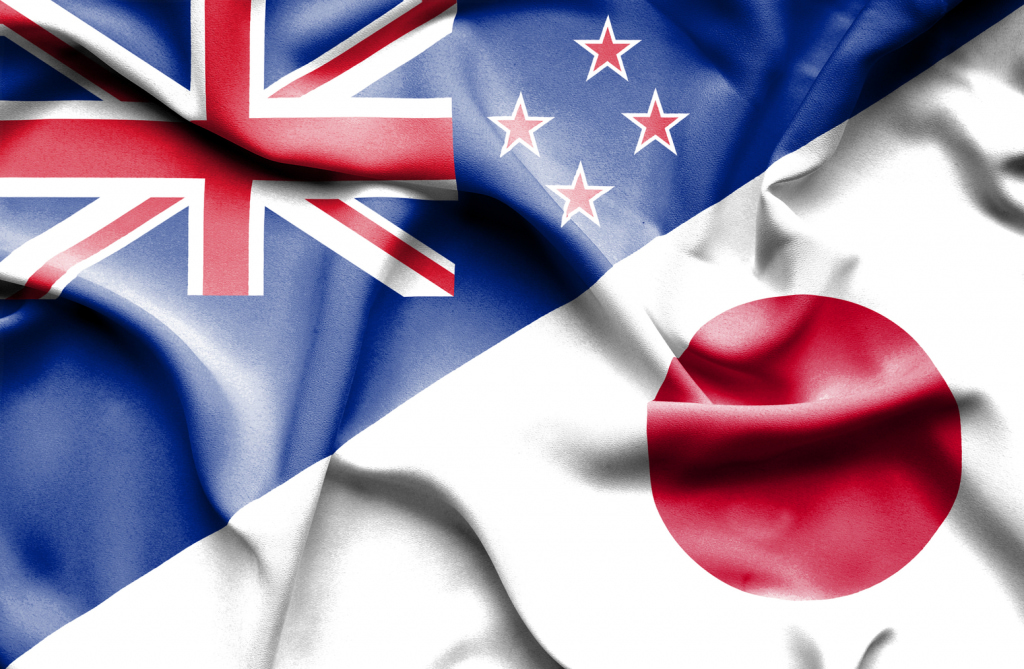While Japan’s government has struggled to form cohesive policies to deal with the pandemic, New Zealand has recently emerged from a strict lockdown. The eyes of the world are watching to see if New Zealand can eradicate COVID-19 completely.
Being in the international spotlight is nothing new for New Zealand’s Prime Minister Jacinda Ardern, who took office in August 2017, aged just 37. At first, attention focused on the telegenic leader’s youth and then her daughter’s birth the following June. Ardern went on to earn serious respect for her compassionate response to the tragic bombing of two mosques in the city of Christchurch in March 2019.

New Zealand’s Prime Minister Jacinda Ardern
This year, with the spread of COVID-19, the world is once again watching her with admiration. On March 25 this year, Ardern put New Zealand into a month-long lockdown at what has been dubbed “Level 4,” with non-essential businesses closed, gatherings banned and the majority of the country ordered to remain home, except for recreation, such as walking or going for a run within one’s neighborhood. The country has now moved to Level 3 with a gradual easing of some restrictions.
New daily cases of the coronavirus are in single figures in New Zealand, while in Japan cases have risen almost six-fold since the beginning of April. What could Japan learn from Ardern’s leadership?
We are all in this together
Like Ardern, I was raised in the rural Waikato district of New Zealand. Streaming hometown radio has offered a real-time taste of how the whole country is invested in conquering COVID-19. From frequent news updates on helpful resources tailored to various sectors of the population, to phone-in dedications to celebrate “unsung heroes” such as medical staff and other essential workers, the message is “we are all in this together.” This is also reflected in Ardern’s reassuring mantra to her country during the pandemic: “Be strong and be kind.”
I have waited a long time to hear words like empathy & kindness from a world leader during this pandemic. Thank you Prime Minister #JacindaArdern pic.twitter.com/wUr8BsgJNY
— Sherie Edenborn PhD (@EdenbornPhd) April 29, 2020

Kiwi Andrea Ichino is based in Tsushima, Aichi Prefecture with her Japanese husband and their three children, but was visiting her parents in New Zealand when the COVID-19 situation imploded. As flights back to Japan suddenly dried up, Ichino and her children had to stay put in the city of Palmerston North. However, while she misses her husband back in Japan, Ichino says she feels safe in New Zealand.
“I can trust our Prime Minister and that the number of coronavirus cases being reported are accurate. The daily updates have been wonderful so we know exactly where we are,” Ichino explains. “I love that Jacinda has always been available, and often after a big announcement, she will be at home and on Facebook live to answer questions. I like the feeling of teamwork and how appreciative she has been to New Zealanders for our efforts to keep the nation as safe as possible.”

Japan resident Andrea Ichino, left, with her children and parents in New Zealand. Ichino says she feels safe in New Zealand.
Meanwhile, while many celebrities have taken to social media to encourage us to stay at home, the overall message that we are all struggling, but we shall overcome this together, is notably missing in Japan. Reports on increasing discrimination toward infected patients and medical staff — and even worse, their children, who have been asked to stay home from childcare centers — are just a few of the recent news headlines. Unlike the sentiments of “kizuna” (human-to-human bonds) following the 2011 Tohoku earthquake, Japan’s response to the coronavirus seems fractured and insular.
Response to the crisis
The speed of New Zealand and Japan’s responses to COVID-19 have been very different. Japan confirmed its first case in mid-January, followed by the Diamond Princess cruise ship arriving at Yokohama on February 3. Yet amid increasing calls to take action as the number of cases rose, Prime Minister Shinzo’s Abe’s next move was baffling to many: On February 27, he abruptly called for all schools to close the following Monday.
“While Ardern and her team seized this opportunity and swiftly took action to protect the country, the Japanese government seemed unable to come up with a clear, coherent plan of action.”
Teachers and working parents were left scrambling to make alternative arrangements, and graduation ceremonies were scaled back or canceled altogether. Meanwhile, daily life continued more-or-less as normal for the majority of the Japanese. By the time spring started and Japan’s iconic cherry blossoms were in bloom, the population seemed to have settled into a state of comfortable complacency regarding COVID-19.
Pete Carter, a Wellington-based writer, points out that Japan’s response to the coronavirus goes against the majority of the world. Author of This is Us, a book of interviews that celebrates the diversity and reliance of Kiwis, Carter recently extended the concept to a web series recording his compatriots’ experiences during the pandemic. “I have interviewed 50 New Zealanders in 30 different countries to date,” says Carter. “So far, only Sweden resembles the Japanese approach to COVID-19.”

Pete Carter, a Wellington-based writer who has interviewed New Zealanders in 30 different countries over their experiences during the pandemic, says that Japan’s response to coronavirus goes against the majority of the world.
Compare this to Jacinda Ardern’s response. New Zealand’s first coronavirus case was confirmed on February 28, somewhat later than many other developed countries. When the Prime Minister announced on March 23 that New Zealand would go into a strict lockdown within 48 hours, the country’s number of COVID-19 cases still stood at 102, with no deaths at the time.
Both countries had the gift of time, and a warning of what could lie ahead from the situation in Europe and the USA, where health systems were collapsing. Yet while Ardern and her team seized this opportunity and swiftly took action to protect the country, the Japanese government seemed unable to come up with a clear, coherent plan of action.
Even as the pandemic wreaked havoc around the globe, the decision to postpone the 2020 Tokyo Olympics was not made until the end of March. Another gaffe was the government’s “gift” of two washable cloth masks per household, which has been universally panned as a waste of time and money.
Education and technology
One of the sectors hardest hit by the government’s indecision are Japan’s schools. With the current state of emergency rumored to be extended by another month, many students will have been off school for three months by then. Universities have turned to online teaching for the current semester, but in an education system that still relies heavily on a pencil-and-paper pedagogy, online learning is not possible for many schools. According to a survey on April 16, only 5% of public schools were offering online classes.
The use of technology in the classroom is standard now in New Zealand, and teachers and students received support in transitioning to online learning during the lockdown. Suzanne Cornelius is a language teacher at Westlake Boys High School, a public school in Auckland, and a mother of two. Both her workplace and her children’s school have a BYOD (bring your own device) policy, and Cornelius says teachers worked to ensure all students had access to a device before online lessons began.
“I have felt fully supported by my school in every way with the situation, so the transition for me has been quite smooth. We were given training in the week leading up to lockdown on areas of online learning that we felt needed developing – as staff, we were asked what these were. The ICT team is available online if we or students are having difficulty with anything. Students have been really engaged with the whole process and are coping well with the online learning,” Cornelius says.
As New Zealand makes tentative steps towards regaining a semblance of regular life, Golden Week is in full swing in Japan. Playground equipment has been taped up by authorities (photo below) to discourage children from congregating, and staff at some flower parks have taken to beheading thousands of blooms in a desperate effort to deter people from visiting over the break.
★『俺の旅』新着★昨日4/25の新宿です。公園の遊具が使用禁止になっていました。鉄棒やブランコもダメとは驚きました。コロナウイルスはもう大迷惑です。早く消えてほしいです。 #公園 #遊具 #使用禁止 pic.twitter.com/PC9FsEfW37
— イコマ師匠 『俺の旅』シリーズ編集長 著書『フーゾクの現代史』発売中! (@ikomashisyo) April 26, 2020
Meanwhile, in defiance of government requests to close, some pachinko parlors remain open for diehard fans. While it is easy to blame citizens for a lackluster response to COVID-19 restrictions, isn’t the real problem that Japan’s leaders have yet to really step up to the plate?
All facts and data in this article appear as they were at the time of writing and publication.









